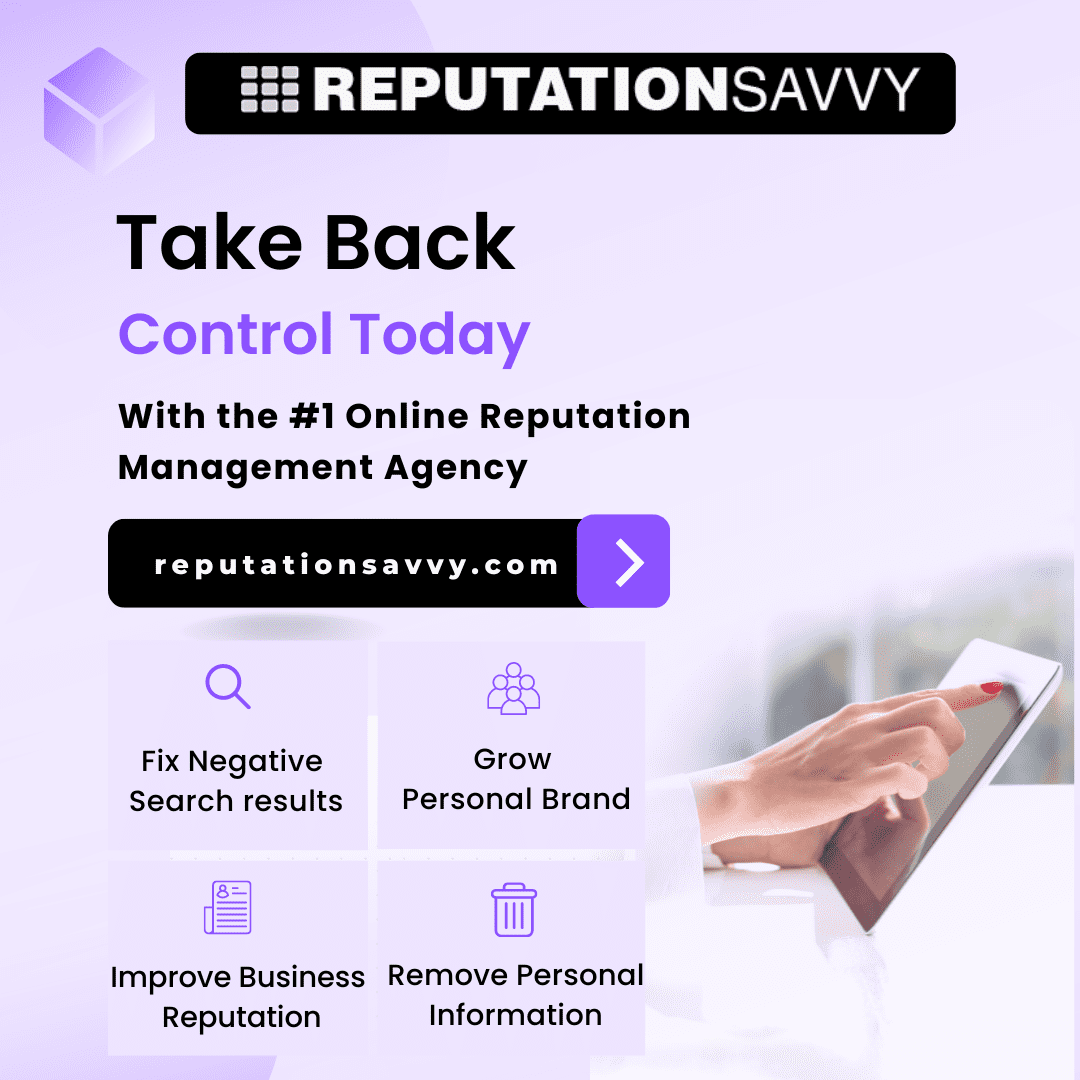Introduction – Where It All Began
It all started with a question we couldn’t ignore—why do so many startups fail, even when they seem to have everything going for them? At first, it felt like a mystery. So we dug in. What began as curiosity quickly turned into a months-long journey of research, interviews, and data analysis.
The deeper we went, the more unsettling the truth became. We found stories of brilliant ideas that never saw the light of day, passionate founders who gave up too soon, and businesses that grew fast—only to collapse even faster. And yet, beneath the surface, the patterns were strikingly familiar.
That’s why we’re writing this now, in the early days of 2025—not as critics, but as observers who’ve seen the same script play out far too often. This article isn’t about pointing fingers. It’s about revealing the harsh truths no one tells you—the things that quietly lead to failure while everyone else is busy chasing headlines.
If you’re building something of your own, or even thinking about it, consider this your reality check. One that might just save your dream before it’s too late.
The Silent Killers of Startups
When we looked closely at startups that failed, a pattern emerged: most didn’t crash overnight—they slowly unraveled. From the outside, they looked promising. But inside, silent issues were brewing.
It wasn’t always lack of funds or bad products. More often, it was misalignment, poor user understanding, or unspoken internal tension. Things that don’t make headlines—but quietly drain a startup from within.
Take Color Labs. Backed by $40 million in funding, it had a big vision but missed one thing—clear user need. Without solving a real problem, it faded fast. Or Homejoy, which expanded too quickly before fixing its operational cracks. The growth looked exciting, but the foundation couldn’t hold.
Even internal dynamics can be fatal. One founder told us, “We didn’t argue—we just slowly stopped working toward the same goal.”
These are the quiet threats—the ones that don’t show up in pitch decks but are written all over post-mortems
The Most Common Mistake (That No One Admits)
If there’s one mistake nearly every failed startup shares—yet few talk about—it’s building before understanding.
We found in our research that over 60% of startups started building their product before validating their core idea. The excitement of creating something new often outweighs the discipline of truly listening to the market. It’s not glamorous to conduct surveys or spend weeks just talking to users. But skipping that step? It’s a quiet setup for failure.
Take the case of Juicero—a tech-powered juice company that raised over $100 million. Sleek design, top investors, and a fancy product. But here’s the twist: customers discovered they didn’t even need the machine—just squeezing the juice packs by hand did the job. The result? Collapse.
The problem wasn’t ambition—it was assumption.
This pattern plays out again and again: founders fall in love with their solution, not the problem. They build features no one asked for, polish interfaces before testing demand, and chase scale without product-market fit.
The lesson? Fall in love with the problem first. That’s where real innovation begins.
But if you’re wondering whether passion can cover those cracks… well, let’s talk about that next.
When Passion Isn’t Enough: The Brutal Reality
We often hear that passion is the fuel behind every great startup. And while that’s true, here’s the uncomfortable truth—passion alone doesn’t pay the bills, close the deals, or build sustainable systems.
In our conversations with struggling founders, one theme kept surfacing: they were all-in emotionally but had overlooked the mechanics of running a business. No roadmap. No systems. No fallback. Just belief—and belief, as noble as it is, doesn’t always translate to survival.
Take the example of a young team we spoke with who built a brilliant product in the edtech space. Their idea was solid. Their execution, passionate. But they avoided the “boring” parts—bookkeeping, legal registrations, consistent customer follow-ups. Six months in, they ran out of cash and couldn’t raise further investment. They didn’t fail due to lack of drive—they failed due to lack of structure.
📉 According to CB Insights, 38% of startups fail because they run out of cash, and 20% because they didn’t have the right team. Neither of these issues are passion-related—they’re operational.
It’s hard to hear. But that’s the reality. Loving your idea is not enough. The market doesn’t reward enthusiasm—it rewards preparation, execution, and adaptability.
So if you’re reading this and feel the fire in your gut—great. Keep that fire. But build your foundation, too. Fall in love with the boring stuff. It’s the unsexy parts of business that keep the dream alive.
The Founder’s Blind Spot
Hey—you. Yeah, the one scrolling through, halfway between curiosity and burnout.
Take a deep breath, because this part is for you.
You’ve read about the money, the market, and the mistakes—but what if the most dangerous factor in your startup’s failure… is you?
It’s a hard pill to swallow. Founders often become so emotionally tied to their ideas that they ignore red flags, resist feedback, and micromanage their teams into silence. The startup becomes a mirror of their own blind spots—unseen, unspoken, and quietly destructive.
Take the story of Quibi, a startup that raised nearly $2 billion before collapsing within months. Many attributed its downfall to poor timing and strategy, but insiders revealed a deeper issue: leadership that didn’t listen. When vision becomes obsession, and confidence turns into arrogance, no amount of funding can save a sinking ship.
And it’s not just high-profile collapses. In our research, nearly 42% of early-stage founders admitted they delayed asking for help out of fear of appearing weak. That hesitation cost them valuable time, clarity, and often, their business.
So here’s the real question:
Are you willing to question yourself as ruthlessly as you question your competitors?
Because sometimes, survival doesn’t come from pushing harder—but from stepping back, listening deeper, and leading smarter.
Scaling Too Soon: When Speed Becomes a Setup
Hey—still with us? Good. Because this is where a lot of startup dreams quietly go sideways.
There’s a moment, just after launch, when things feel like they’re working. A few glowing reviews, maybe a spike in users, and suddenly you’re dreaming in scale mode—hiring fast, launching features, opening new locations, or burning cash on ads.
But here’s the uncomfortable truth: not every early win means you’re ready to scale.
Take the story of Homejoy, a home cleaning startup that rapidly expanded across cities in the U.S. and abroad. Their service gained quick attention—but they scaled before truly nailing customer retention or ironing out legal and operational hurdles. The result? Shaky foundations couldn’t support the growth, and within two years, Homejoy was gone.
Growth isn’t bad—but premature growth is dangerous. It puts strain on systems, overwhelms your team, and inflates expectations that the core of your business might not be ready for.
Before scaling, ask:
- Is demand consistent—or just a spike?
- Do we understand our churn rate and lifetime value?
- Can we scale quality, not just numbers?
Sometimes, the boldest move isn’t expansion—it’s refining what you’ve got. Build strong before you build big.
I’m Not Writing a Conclusion—You Are.
Why?
Because this isn’t just another article that wraps up neatly with takeaways and tips. “Why Startups Fail: The Harsh Truth No One Tells You” wasn’t meant to be a checklist—it was meant to hold a mirror.
You’ve seen the blind spots, the emotional landmines, the seductive lure of growth, and the quiet killers hiding in plain sight. This story isn’t ending with answers—because the truth is, every founder’s story is still being written.
Maybe you’re at the beginning, maybe you’re deep in the chaos, or maybe you’ve already tasted failure and are wondering if the next try will be different.
So, no conclusion here.
Instead—consider this your checkpoint. What you do next could decide whether your startup becomes the next breakout success… or just another headline on “why it didn’t work.”
“Startups don’t die when they run out of money—they die the moment founders run out of truth.”
Now ask yourself—are you still lying to yourself?
If not—good. Then get back out there, build better, and make sure we meet again… in the success stories:-)..










